Digital or film railroad photography? Before the advent of digital technology, the photographic standard of our hobby was transparency, or slide film. While multiple manufacturers guaranteed the user the desired color temperature and punchiness, the preferred emulsions were the various flavors of Kodachrome and Fujichrome.
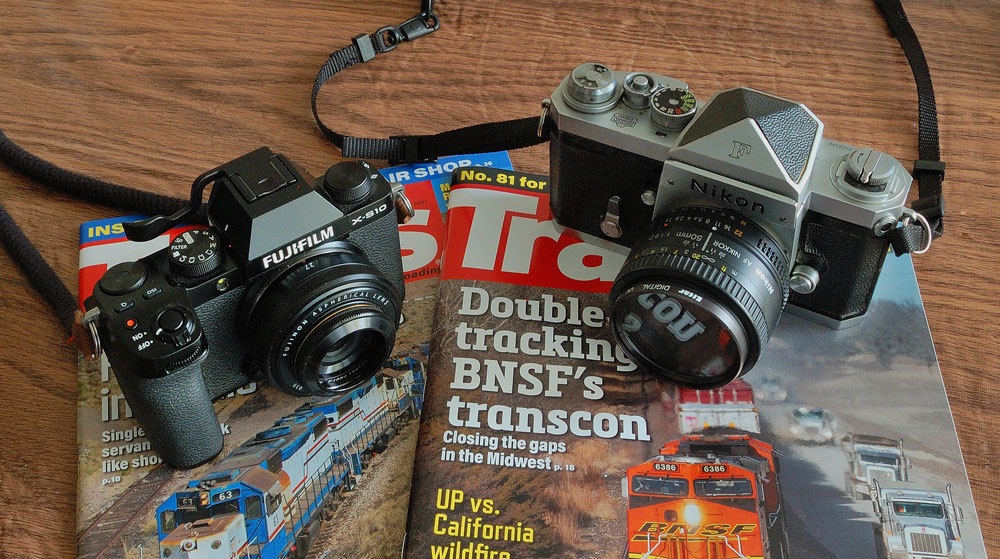
The former was prized for its “pop,” particularly on bright, sunny days and its rendition of reds, yellows, and browns. The latter came on strong in the late 1990s-early 2000s and is loved for its saturation, particularly greens and blues.
Then came commercially available digital.
During its infancy, more than a quarter-century past, affordable digital for the masses was not seriously considered a viable competitor to film. Tyros using three- and four-megapixel cameras could not produce the overall quality and consistency of a roll of Kodachrome, or any other emulsion for that matter. It was regarded as a clever technology for instant gratification, but nothing to dump your film mailers for. “Chrome” was still king.
But for the champion, the battle was already lost.
It would take a decade or so of putting competitive technology in the hands of shooters in the field that would eventually meet and surpass what could be had from film. Today, many camera manufacturers even allow the user to dial in the desired film simulation to mimic the days of old.
If not on the camera, there are various plug-ins and filters incorporated into photo processing software that can do this — even on your smartphone.
But for some, nothing will replace film, and while many shoot digital for its ease of use, they also pack a camera loaded with Kodak or Fuji transparency film. It’s not vanity or being stuck in the past; for many there are real reasons to keep recording images one roll of celluloid at a time.
“There is no single answer for everybody,” says David Styffe, a retired community college graphic designer in Southern California’s Orange County. He went straight from black-and-white film directly to digital color.
“I turned the page to digital cameras in 2004. When shooting color, we now have a much broader tonal range, which has gotten better as the technology continues to improve. With digital I have the color of Kodachrome with the tonal range of Tri-X.”
For Hal Miller, editor of Kalmbach Media’s Classic Toy Trains, nothing beats the ease and speed of working in digital, but he says there have been unexpected trade-offs.
“I was a better photographer in my film days,” he says. “I can say without reservation that digital has made me lazy.” He says he was far more careful and thoughtful about his pictures when using slide film, in his case Fujichrome and later Velvia, mostly because he was paying for the processing.
Today he shoots with digital equipment for its ease of use and time savings, especially when dealing with magazine deadlines. “I get instant assurance that I have the shot, but I don’t have the same sense of accomplishment when I was waiting for the film to be processed. Did I get the shot, or did I blow it?”
Brian Schmidt, editor of Classic Trains, says digital photography gives him more opportunities to get it right the first time.
“I must emphasize that it is the photographer who has the vision for the photo. The camera is just the tool you use to make that vision. Is the photographer any better than a water colorist? No, as they both create an image. They just use two different tools to get to the same end goal.”
Schmidt says acquiring his first digital camera around 2010 forced him to see photography a little differently because he was using a cropped sensor but with his older film lenses. The lens may have been marked 50mm, but on his equipment that meant 75mm.
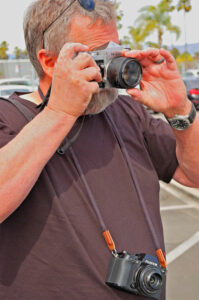
“If you’re shooting for your project, what you see on the slide is what you get. With digital it’s easy to manipulate the final image to what you want.”
Additionally, he says slides add a layer of complexity to his job.
“There was a generation of photographers that shot almost exclusively for projection, and they compose all the way to the edges of the frame and a little dark to get more saturation.
That made for great slide shows, but now that we have to deal with these photos for publication, it can be more difficult,” Schmidt says.
There are still some among us, however, who default to film whenever possible.
John Wade, a photographer in Long Beach, Calif., bucks the digital trend and swears by his Fuji Velvia now that Kodachrome is a thing of the past. He shoots digital when he feels it is the right choice, but if given a choice, goes for film whenever he can.
“I like the feel and the nice bright colors, the cleanness of a well-exposed transparency that shows the dramatic countryside of the Southwest where I live,” he says. “I have nothing against digital; it’s just not the medium I want to use. For me there is nothing like the solidness of hearing my Nikon F3 capture the scene the way I want it.”
There are virtues and drawbacks to both media. Ultimately, though, everyone using them arrives at the same place.
“It’s up to the photographer on what tool – in this case film or digital – he or she wants to use to achieve a specific effect,” Hal Miller says. “Right now, digital is predominant but there is now, and always will be room for film, as well.”





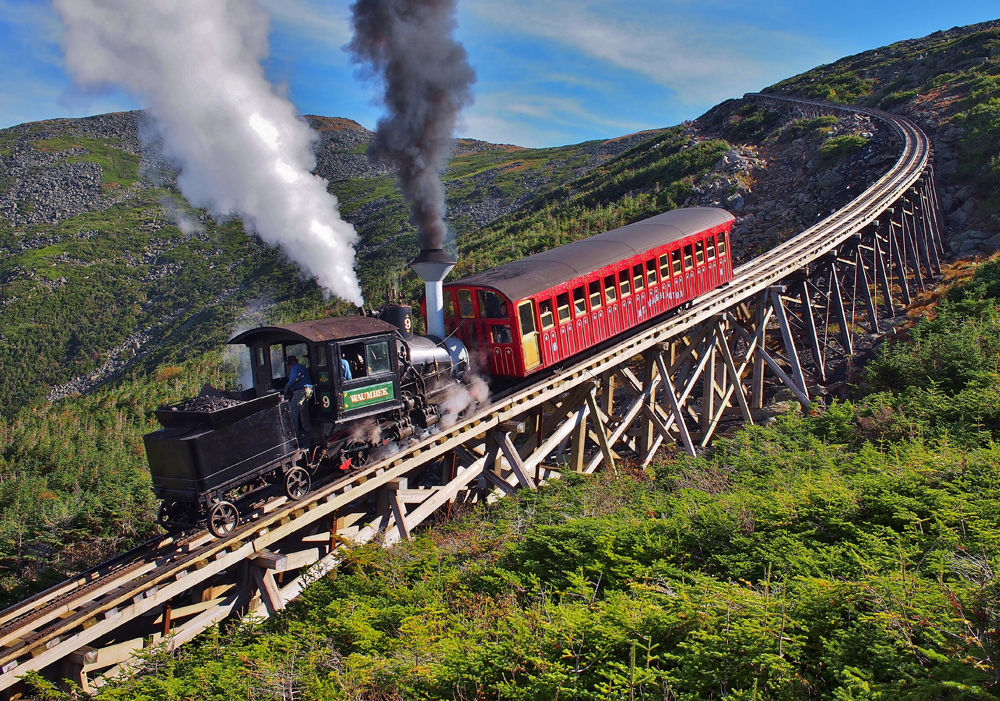
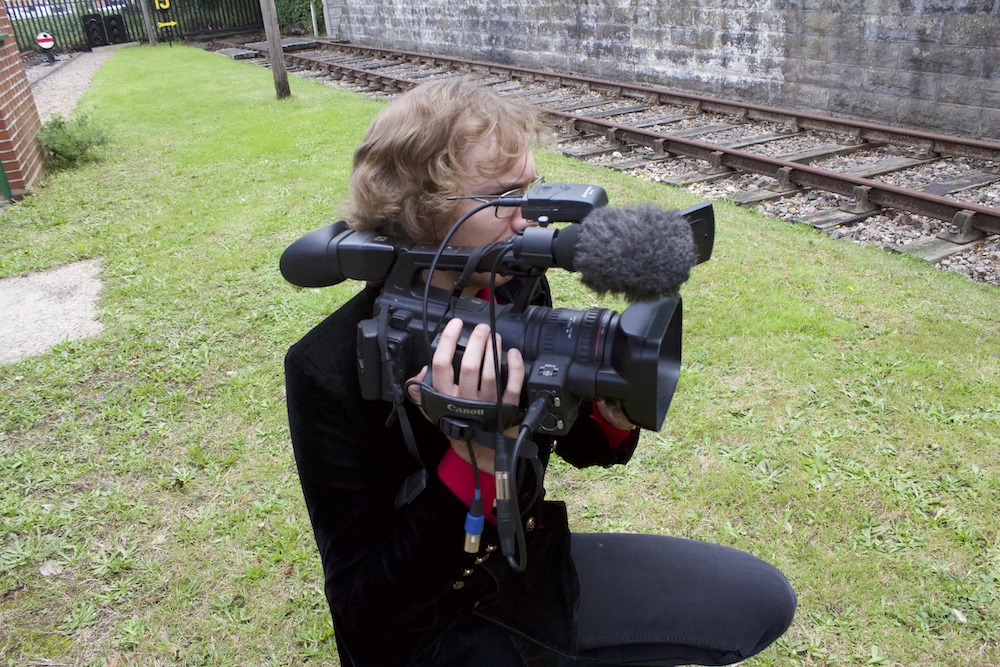
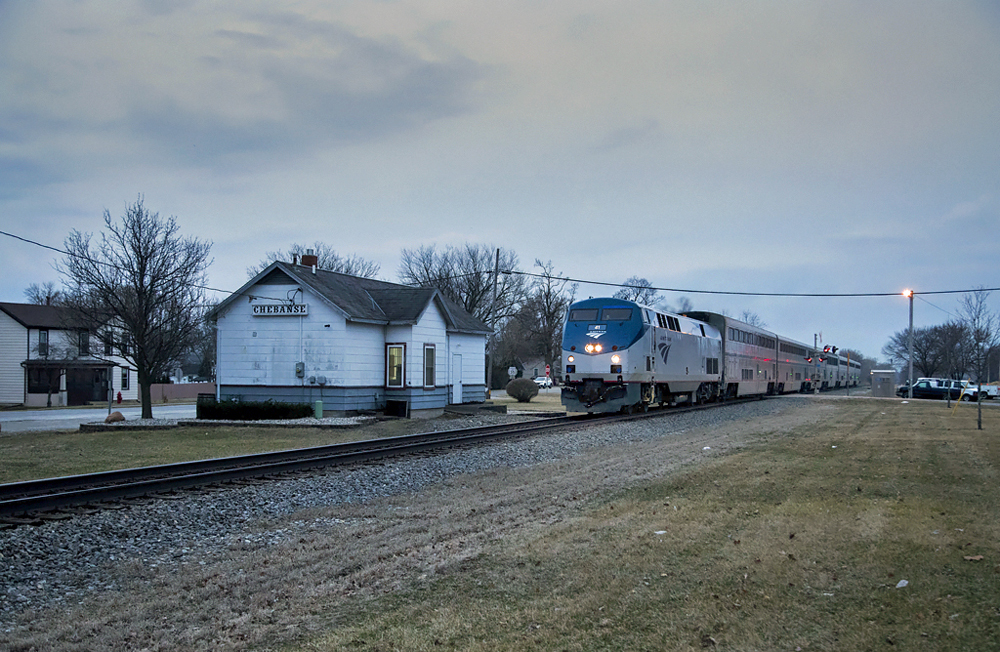
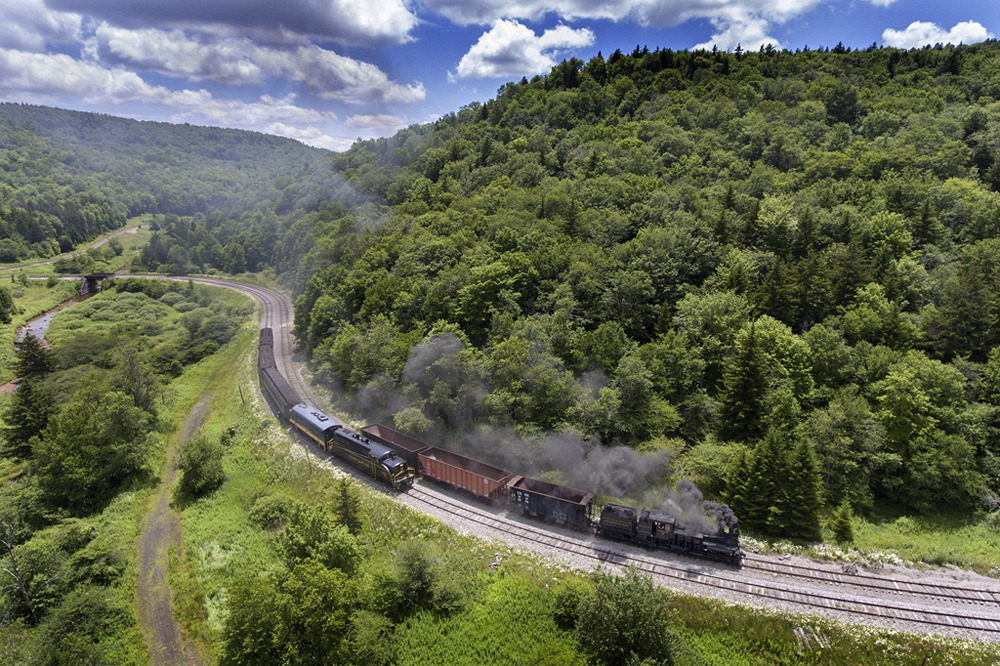
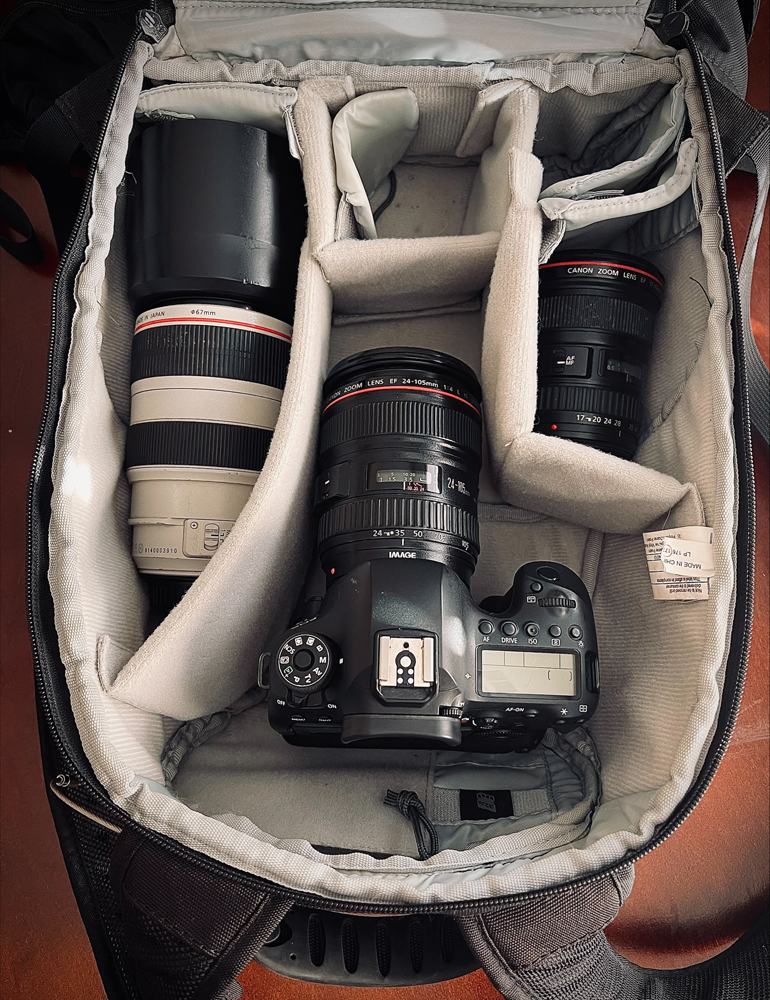





Jack,
I would not disagree with you as all artists choose the medium that suits them best. However, ther real factor that sped up the demise of film was not digital but the EPA. Regulations for film labs in their handling and disposal of chemistry became much more strict, i.e. EXPENSIVE. Many small and medium sized labs could not make a profit and still attract the numbers of leisure customers to justify the business. While I started with Black and White and doing all my labwork, it is for the best as the chemistry, especially fixers for black and white as well as color are absolutely toxic to breathe as well as it you get them on your skin. My preference for slides was influence by the professional world which always favor Ektachrome and the Japanese did a great job knocking it off with their Fujichrome that was also cheaper, especially the chemistry to develop it. Using these films I could always “warm” the shot with my exposure as well as the lab. I was also able to scan Ektachrome at higher input resolution than the Kodachrome even though Kodak “claimed” they should hold resolution the same. Ah, the things Kodak used to tell people….
I was shooting local trains with a Pentax Spotmatic back in the 70’s and 80’s, with whatever film a broke high-school / college student could afford. Now, many years later, I have bought a decent slide scanner, and am digitizing them. Some observations…
Only the Kodachome stuff ‘looks right’ to me, pretty much everything else seems ‘off’. A lot of the Ektachrome stuff looks really blue-ish.
I was using the ‘center the needle’ method of exposure control, and I understood that the camera was metering mostly in the center, so I did try to compensate if I felt it was needed. Still, I am shocked at the wide variables of exposure that I am seeing.
Some films are a LOT grainier than I remember. Especially the B&W stuff, but even some of the slides have more grain than I remember.
Having the slides scanned and on my Mac, I am able to crop, color correct, touchup flaws, etc., and have managed to ‘recover’ and get useable pictures out of many slides that I had written off as ‘bad’. Total win!